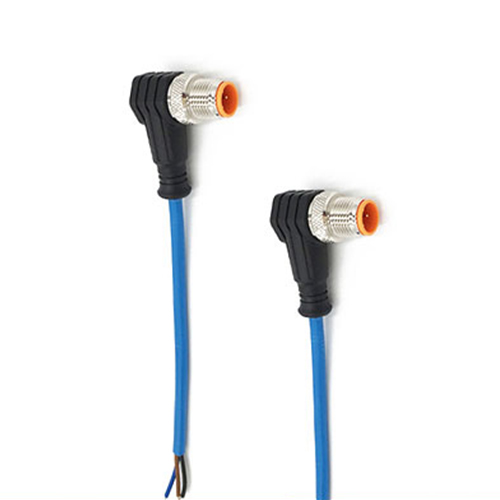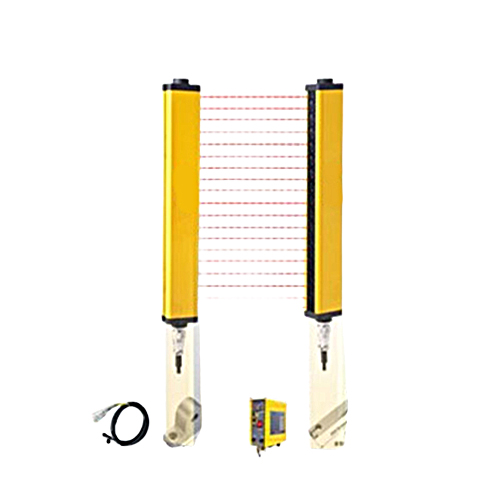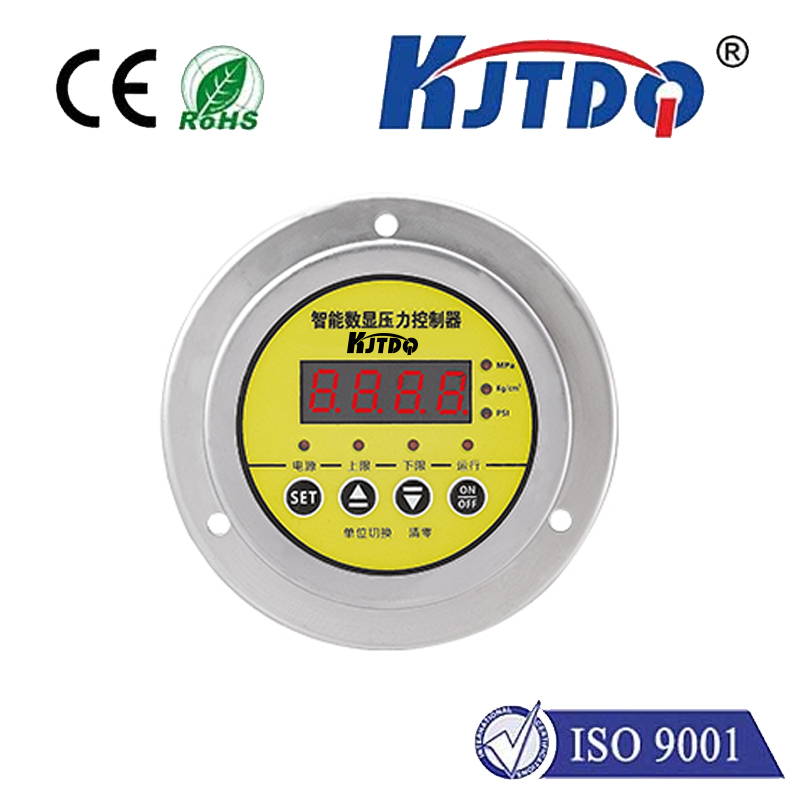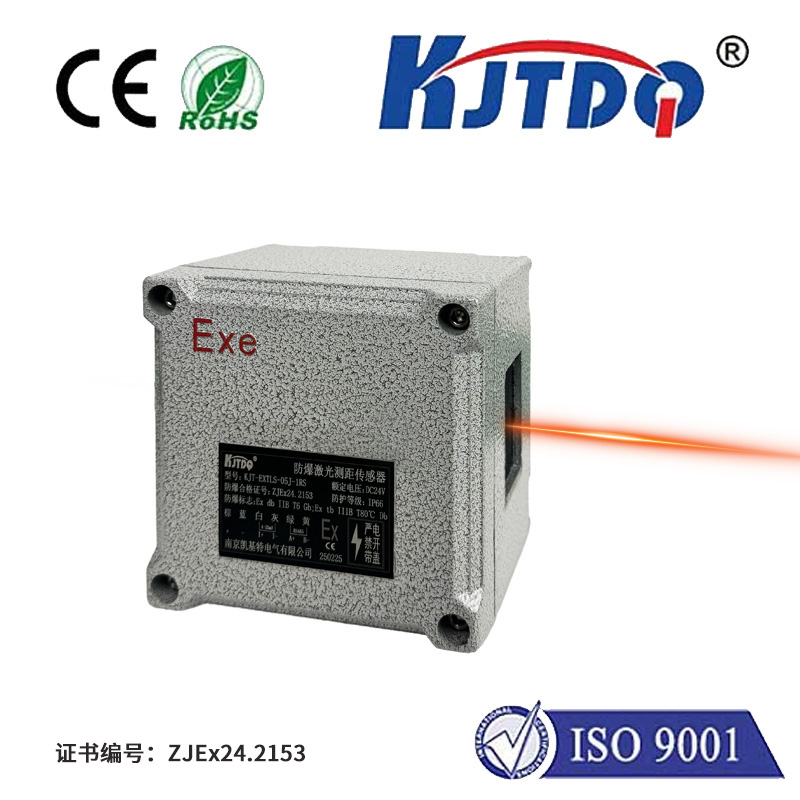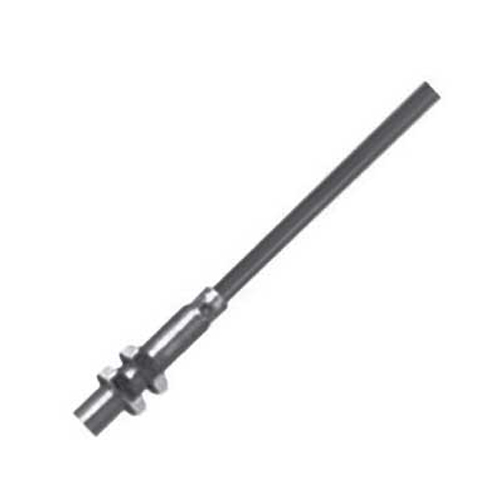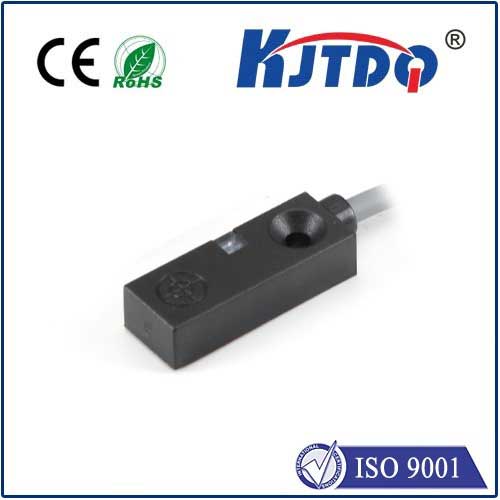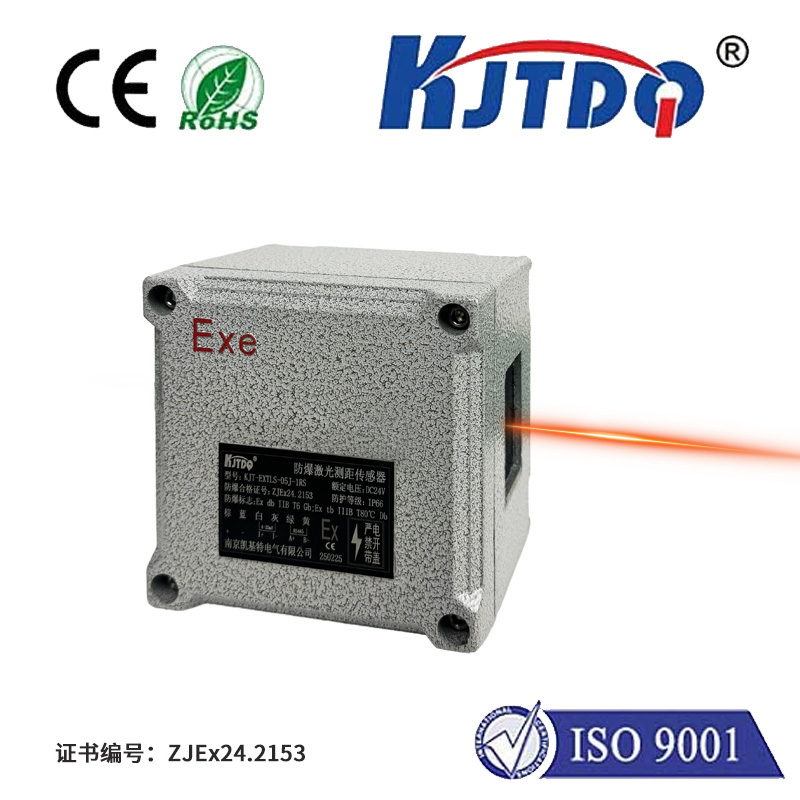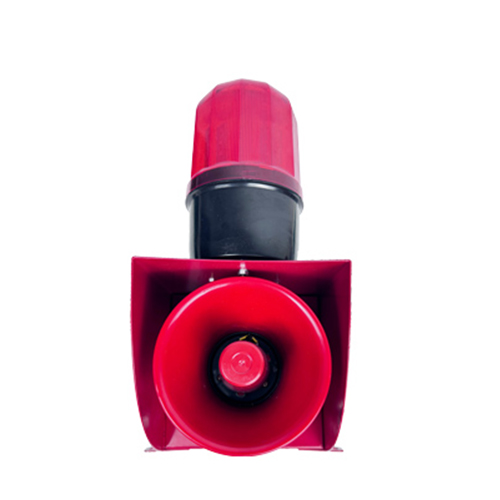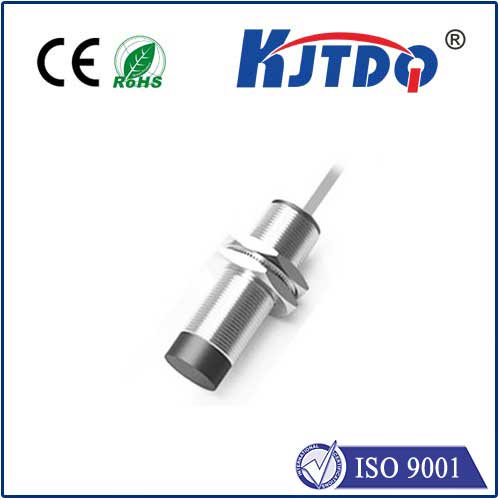

check

check

check

check

check

check

check

check

check

check
Non-metallic proximity sensors have revolutionized the way we interact with technology. From automated door locks to smart home systems, these small devices have a huge impact on our daily lives. But what exactly are they, how do they work, and where do they fit into the larger technological landscape?
At their core, non-metallic proximity sensors are essentially electronic switches that can detect the presence or absence of an object. They do this through the use of infrared (IR) or ultrasonic technology, depending on the specific sensor. When an object is in close proximity to the sensor, it sends out a signal that the sensor can detect. Depending on the type of sensor, this signal may be reflected, refracted, absorbed, or emitted back to the sensor.
One of the key benefits of non-metallic proximity sensors is their versatility. They can be used in a wide variety of applications, from automotive safety systems to medical devices. They are also highly compact and can be integrated into almost any device or system. This makes them a popular choice for designers and engineers looking to create innovative products.
In addition to their practical applications, non-metallic proximity sensors also have significant potential for future development. For example, researchers are exploring ways to make these sensors more accurate and reliable, as well as to integrate them with other types of data such as temperature readings or humidity levels. They may also be used in new and unexpected ways in the future, as technology continues to evolve and new applications are discovered.
In conclusion, non-metallic proximity sensors are a fascinating and important technology with a wide range of potential applications. Whether you're interested in automotive safety, medical devices, or just want to know more about how your smartphone works, this article has provided a good starting point for understanding these powerful devices. As technology continues to advance, we can expect to see even more exciting developments in this field.
